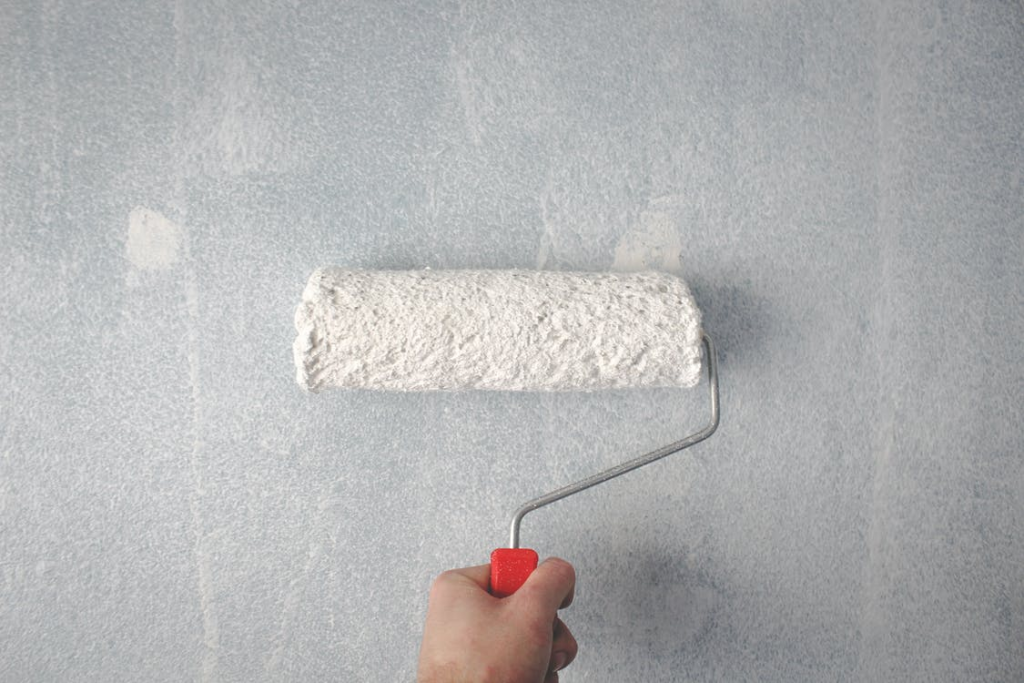
typically, apply two paint coats after priming new drywall. The same applies too drywall touch-ups. Often, a single coat suffices when repainting with the same color and premium paint.Determining the correct primer layers for new drywall can be tricky, especially if you’re unsure about priming’s importance. Many homeowners skip primer on new drywall before painting, a mistake leading to poor results. Keep reading to learn key aspects of painting new drywall.
Condition the New Drywall
The quality of any paint job hinges on proper surface preparation,especially with drywall. After painting with flat or eggshell finishes, imperfections become glaringly obvious. Use bright, directional lighting to reveal every bump and scratch. Circle these flaws for later correction. Hand-sand areas needing refinement for greater control. avoid using water to remove sanding dust,as this can damage the filler. Instead, use a brush or cloth to gently clear away debris.
Invest in Painting Equipment
For optimal drywall painting,use a paint roller. Even with spray paint, pros use back rolling to avoid drips and unevenness. Lambswool or mohair roller covers are better than polyester, which can cause splattering and dust. Your paint choice matters too. Brushes with tapered fibers hold paint better and leave fewer marks than those with sharp edges. Since natural bristles soften when wet, use synthetic brushes for latex paint.
Prime the New Drywall
Specialized paints and primers exist for repainting existing walls. However, when painting new drywall, always use a high-quality polyvinyl acrylic (PVA) drywall primer. This protects the surface. PVA acts like glue on paper and drywall mud. It fills pores and creates a barrier. This barrier allows paint to adhere easily.
Moreover, top-tier primers boast a high particle concentration. This effectively minimizes imperfections in drywall paper, mud, and surface texture. Typically, one primer coat suffices. For dark paint colors, tinting the primer can enhance the final result. This method also reduces the amount of topcoat paint needed.
Experiment with Painting Methods
Start by painting the edges of the surface with a brush before rolling the main wall area. When painting walls, brush towards the wet edge of the fresh paint to prevent streaks. Overlap each roller stroke by half the roller’s width. Use a disposable plastic liner in your rolling tray for cleanliness. Pour paint into a separate container for your brush to stay organized. For a smooth finish between coats, lightly sand with 150-grit sandpaper after the paint is fully dry.
